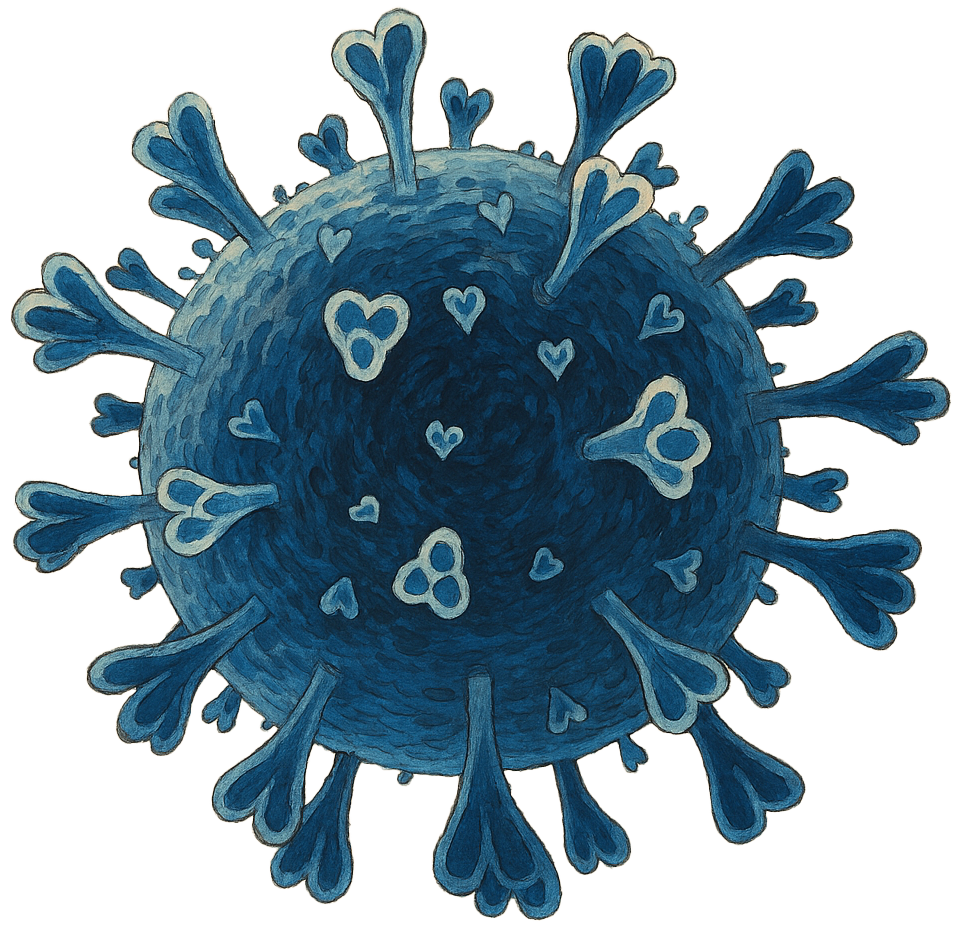Domperidone for COVID-19

COVID-19 involves the interplay of over 200 viral and host proteins and factors providing many therapeutic targets.
Scientists have proposed over 10,000 potential treatments.
c19early.org analyzes
170+ treatments.
, An in silico Drug Repurposing Study to Inhibit the Spike Protein of SARS-CoV2, Momona Ethiopian Journal of Science, doi:10.4314/mejs.v16i2.11
SARS-CoV2 has caused the recent mortal pandemic known as COVID-19. The drug repurposing approach can be employed to find the potential drugs capable of binding SARS-CoV2 structural and nonstructural proteins. The present study aimed to repurpose some common FAD-approved antiviral and non-antiviral drugs computationally for SARS-CoV2 treatment. In the in silico study, 89 FDA-approved drugs and Remdesivir, as the control, were analyzed by molecular docking to inhibit the SARS-CoV2 spike (S) protein as the key player in virus-cell binding. First, the Uniport website was used to find receptor and ganglioside binding domains (RBD and GBD, respectively) of the S protein as the target. The structure of the target was downloaded from RCSB, and 'the ligands' structures were downloaded from PubChem. All structures were refined using SPDV and PyRx software. AutoDock Vina was employed for the docking process. The result showed that 8 drugs, including Ledipasvir, Montelukast, Domperidone, Aprepitant, Folic acid, Losartan, Ticagrelor, and Rivaroxaban, can bind S protein and then inhibit the protein function. In addition, Ledipasvir, Montelukast, and Domperidone can bind GBD of the S protein with higher binding energy (-8.2, -8, -7.9 kcal/mol, respectively). On the other hand, higher RBD binding energy was calculated for Ticagrelor (-6.9 kcal/mol), Folic acid, Montelukast, and Domperidone (-6.5 kcal/mol). Generally, the ligands could inhibit GBD more than RBD. According to the binding energy to S protein and low side effects of the studied medications, Ledipasvir and Losartan can be introduced as the most effective candidates for repurposed drugs. Also, Gly496 and Asn137 are the most engaged amino acids in the ligand-receptor interaction from RBD and GBD, respectively.
, Morphological cell profiling of SARS-CoV-2 infection identifies drug repurposing candidates for COVID-19, Proceedings of the National Academy of Sciences, doi:10.1073/pnas.2105815118
The global spread of the severe acute respiratory syndrome coronavirus 2 (SARS-CoV-2), and the associated disease COVID-19, requires therapeutic interventions that can be rapidly identified and translated to clinical care. Traditional drug discovery methods have a >90% failure rate and can take 10 to 15 y from target identification to clinical use. In contrast, drug repurposing can significantly accelerate translation. We developed a quantitative high-throughput screen to identify efficacious agents against SARS-CoV-2. From a library of 1,425 US Food and Drug Administration (FDA)-approved compounds and clinical candidates, we identified 17 hits that inhibited SARS-CoV-2 infection and analyzed their antiviral activity across multiple cell lines, including lymph node carcinoma of the prostate (LNCaP) cells and a physiologically relevant model of alveolar epithelial type 2 cells (iAEC2s). Additionally, we found that inhibitors of the Ras/Raf/MEK/ERK signaling pathway exacerbate SARS-CoV-2 infection in vitro. Notably, we discovered that lactoferrin, a glycoprotein found in secretory fluids including mammalian milk, inhibits SARS-CoV-2 infection in the nanomolar range in all cell models with multiple modes of action, including blockage of virus attachment to cellular heparan sulfate and enhancement of interferon responses. Given its safety profile, lactoferrin is a readily translatable therapeutic option for the management of COVID-19.
Please send us corrections, updates, or comments.
c19early involves the extraction of 200,000+ datapoints from
thousands of papers. Community updates
help ensure high accuracy.
Treatments and other interventions are complementary.
All practical, effective, and safe
means should be used based on risk/benefit analysis.
No treatment or intervention is 100% available and effective for all current
and future variants.
We do not provide medical advice. Before taking any medication,
consult a qualified physician who can provide personalized advice and details
of risks and benefits based on your medical history and situation. IMA and WCH
provide treatment protocols.
Thanks for your feedback! Please search before submitting papers and note
that studies are listed under the date they were first available, which may be
the date of an earlier preprint.
